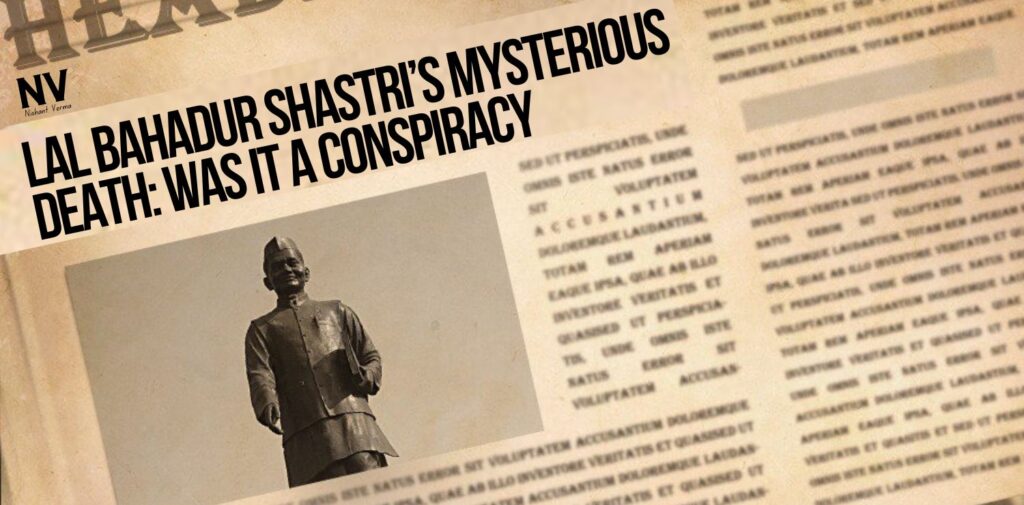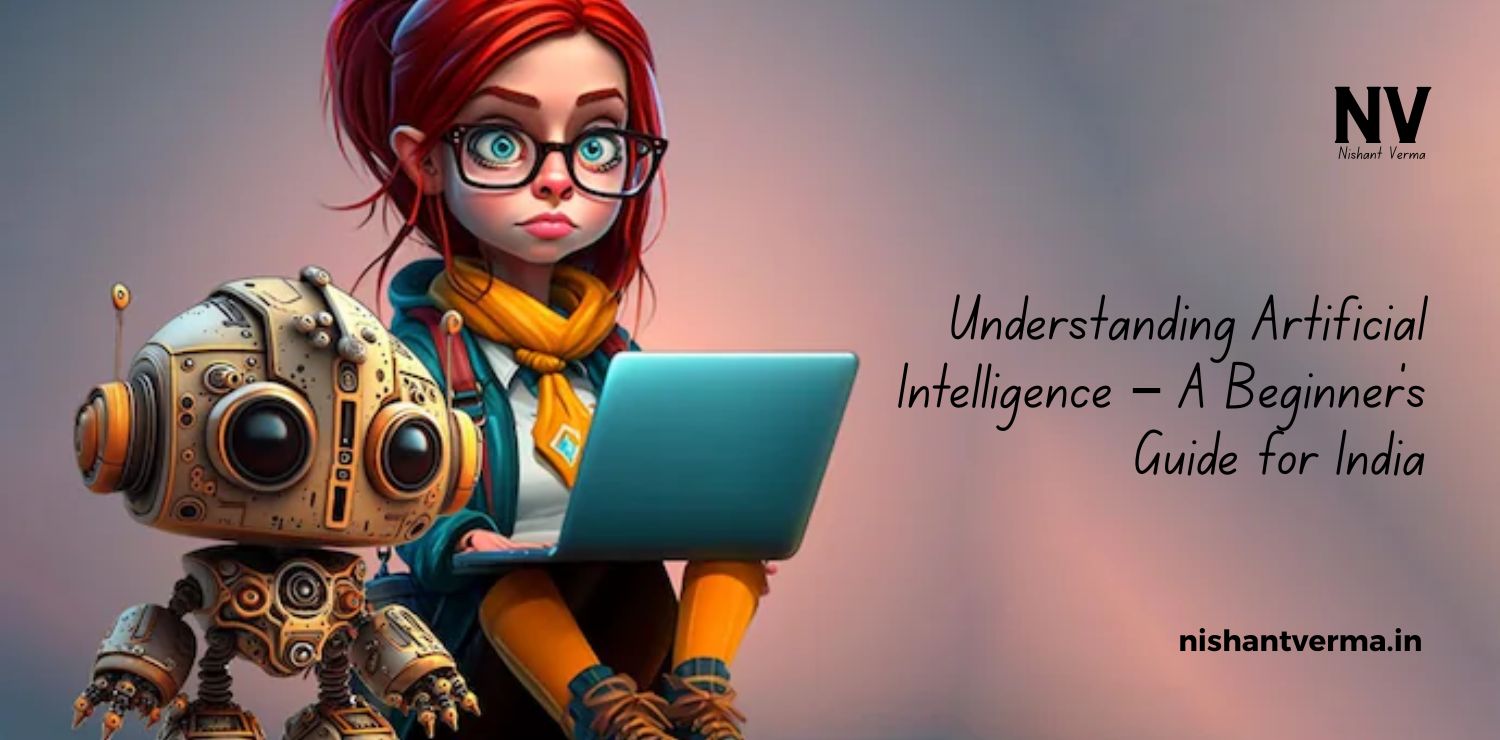The sudden death of India’s second Prime Minister, Lal Bahadur Shastri, in Tashkent on January 11, 1966, remains one of the most controversial and mysterious events in Indian political history. While the official cause was reported as a heart attack, many believe it was a case of political assassination orchestrated by members of the Nehru family or others who stood to gain from his demise.
What Happened During Lal Bahadur Shastri’s Last 24 Hours?
Lal Bahadur Shastri was in Tashkent, Uzbekistan, for a peace agreement with Pakistan following the Indo-Pak war of 1965. He had successfully signed the Tashkent Agreement with the then Pakistani President, Ayub Khan, on January 10, 1966, which brought relief and hope to many Indians. However, just hours after signing this historic accord, Shastri reportedly suffered a fatal heart attack.
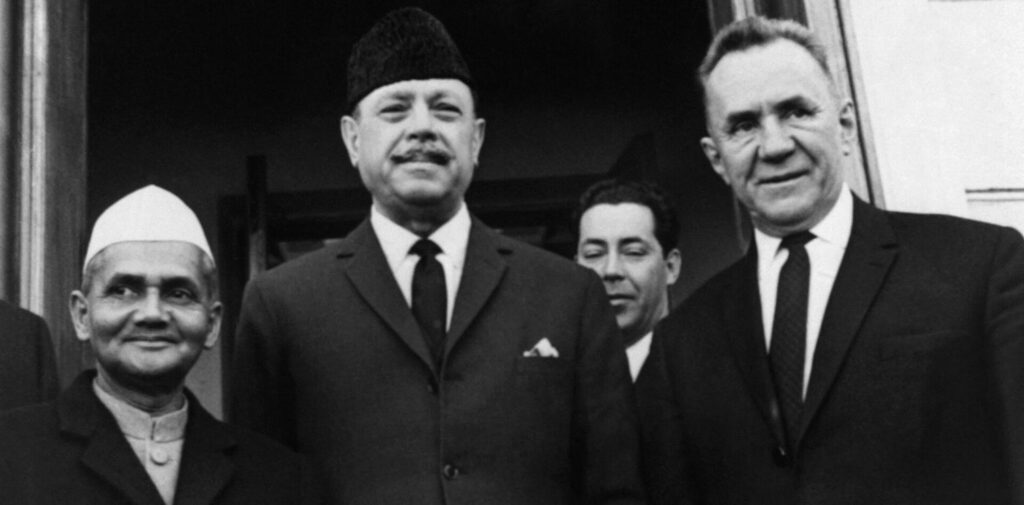
Why Do People Suspect Foul Play?
Several suspicious factors surround Shastri’s death, fueling speculation that it was not a natural demise:
- Absence of an Autopsy: Despite the circumstances, no post-mortem was conducted. Shastri’s family repeatedly requested an autopsy to determine the cause of death, but it was denied by the Indian government. This raised suspicion that there was an intent to cover up the true cause.
- Shastri’s Wife’s Statement: Shastri’s wife, Lalita Shastri, openly stated that there were visible blue marks on his body, particularly around his neck and back, suggesting the possibility of poisoning. She believed that he was murdered and demanded a thorough investigation, which was never pursued seriously.
- Mysterious Missing Documents: Important documents related to Shastri’s death have gone missing or remain classified. Reports indicate that key files, including the medical reports and correspondence around his death, are not available for public scrutiny. The lack of transparency adds to the mystery.
- Role of the Nehru Family?: There are theories that members of the Nehru family, particularly Indira Gandhi, who succeeded Shastri as Prime Minister, had a vested interest in his death. Shastri was a strong leader with the potential to change India’s political landscape drastically. His tenure was marked by swift decisions and reforms, and he was emerging as a powerful leader. Some believe that his growing popularity and assertiveness threatened the dominance of the Nehru-Gandhi family.
Was It a Case of Poisoning?
Several experts and insiders have suggested that Shastri may have been poisoned. The theory is bolstered by the fact that Dr. R.N. Chugh, the physician attending Shastri, hinted at foul play. Dr. Chugh’s subsequent death in a road accident and the lack of a detailed medical examination post-Shastri’s death further fuel suspicions. There are also accounts of a servant in the Indian Embassy, Jan Mohammad, who reportedly served Shastri milk on the night of his death. His interrogation never went public, and there was no follow-up on his involvement.
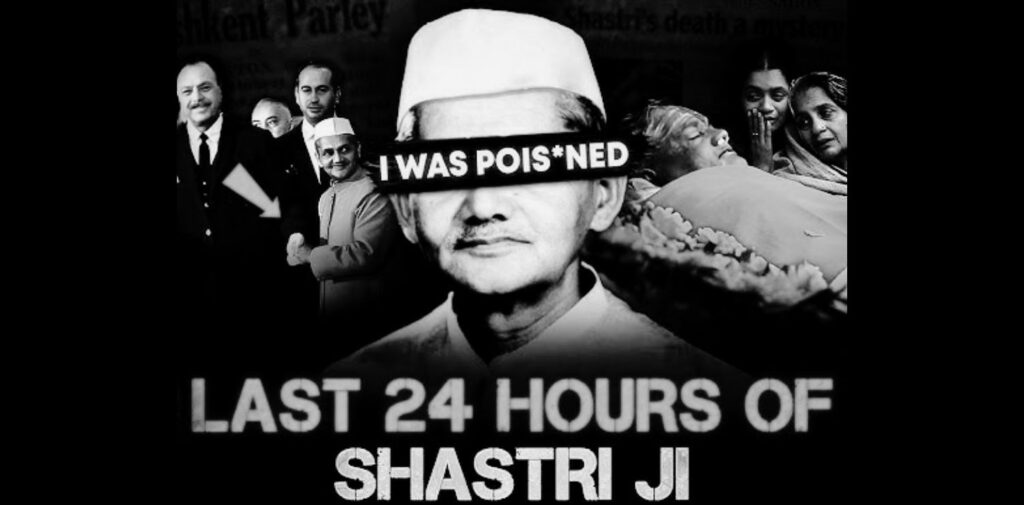
The CIA Angle
Some researchers have proposed that the CIA might have had a role in Shastri’s death, citing the Cold War dynamics of the time. India was gaining prominence on the global stage, and Shastri was perceived as a leader who could take independent stances, potentially altering regional geopolitics. While there’s no concrete evidence to support this theory, it has added another layer to the conspiracy narrative.
The Impact on Indian Politics
Shastri’s death had a profound impact on Indian politics. Indira Gandhi, Nehru’s daughter, who was seen as a weaker and more malleable leader, assumed the role of Prime Minister. Her rise to power marked the beginning of a long era dominated by the Nehru-Gandhi family. This succession is seen by some as more than a coincidence, suggesting that there was a strategic maneuver to ensure the family’s hold over Indian politics.
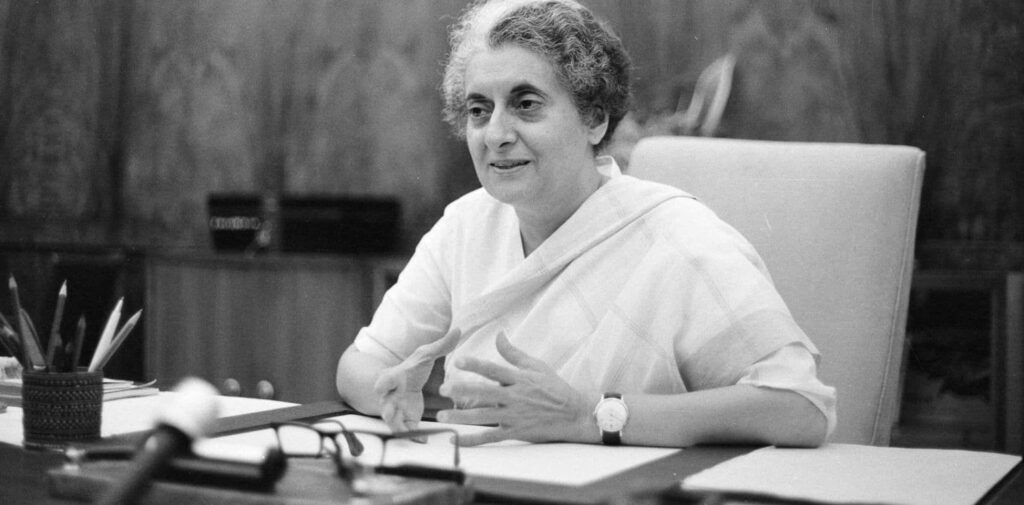
Why Has the Truth Not Come Out?
Several inquiries and committees were set up to investigate Shastri’s death, but none have provided a conclusive answer. The files remain classified even today, over 50 years later, despite public demand for transparency. The reluctance of successive governments to disclose these documents has led to more suspicion and anger among the public.
The questions remain:
- Why was there no post-mortem?
- Why were Shastri’s personal belongings, including his diary, glasses, and watch, never returned to the family?
- Why was the servant, Jan Mohammad, not thoroughly investigated?
Conclusion: The Unresolved Mystery
The death of Lal Bahadur Shastri continues to be a mystery wrapped in conspiracy theories. Whether it was a natural death, an assassination by political rivals, or a foreign conspiracy, the lack of answers has left a permanent scar on Indian history. Until the government decides to declassify all related documents and launch a transparent investigation, Shastri’s death will remain an unsolved case—a tragic end to a leader who gave India the slogan “Jai Jawan, Jai Kisan” and a vision of self-reliance and integrity.
Despite being a figure of national pride, Shastri’s death is shrouded in darkness, and it is this ambiguity that keeps the debate alive. Is it time for India to finally uncover the truth and give Shastri the justice he deserves? The answer lies in the hands of those who hold the keys to the classified files and the courage to reveal what happened in Tashkent that fateful night.

